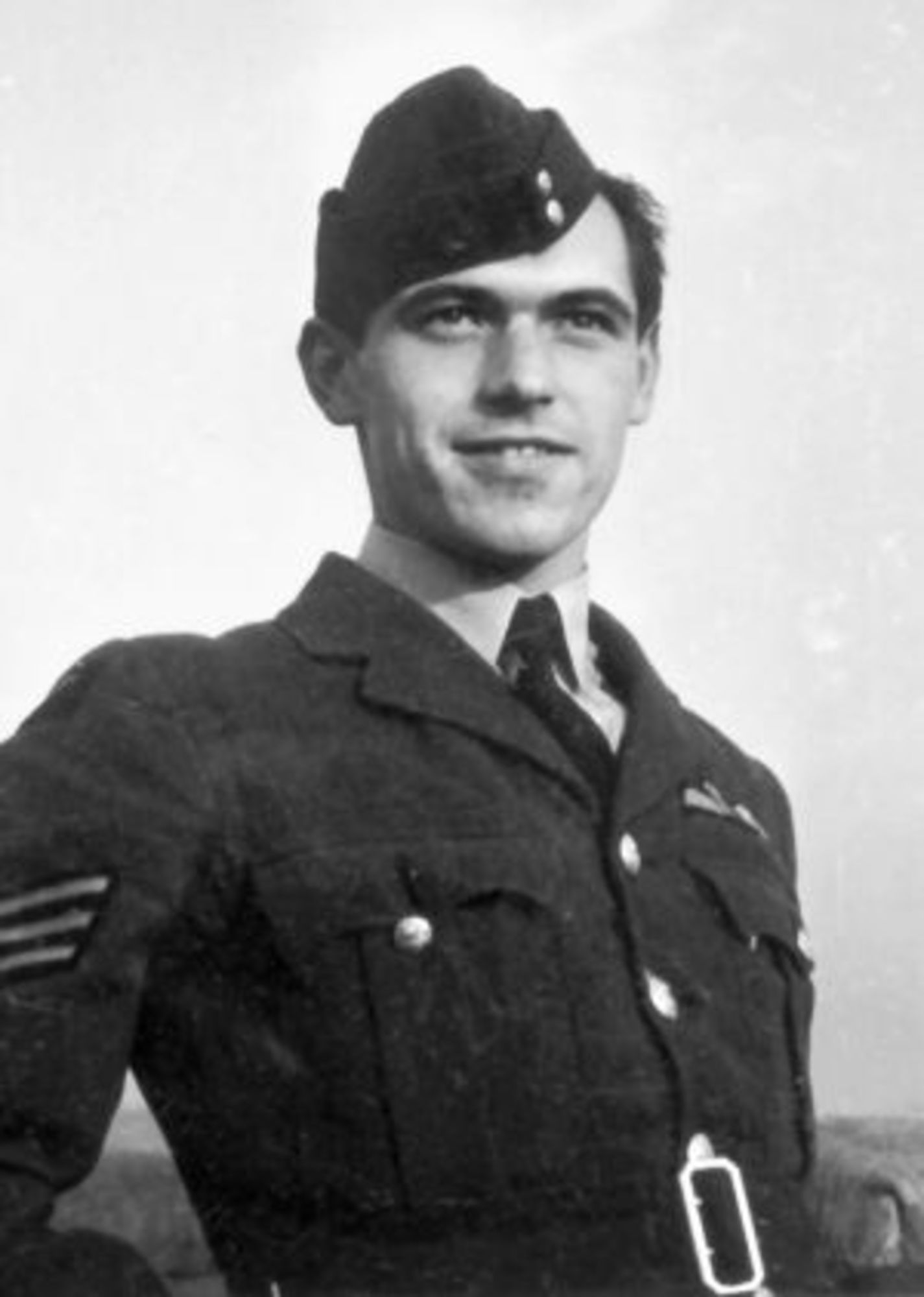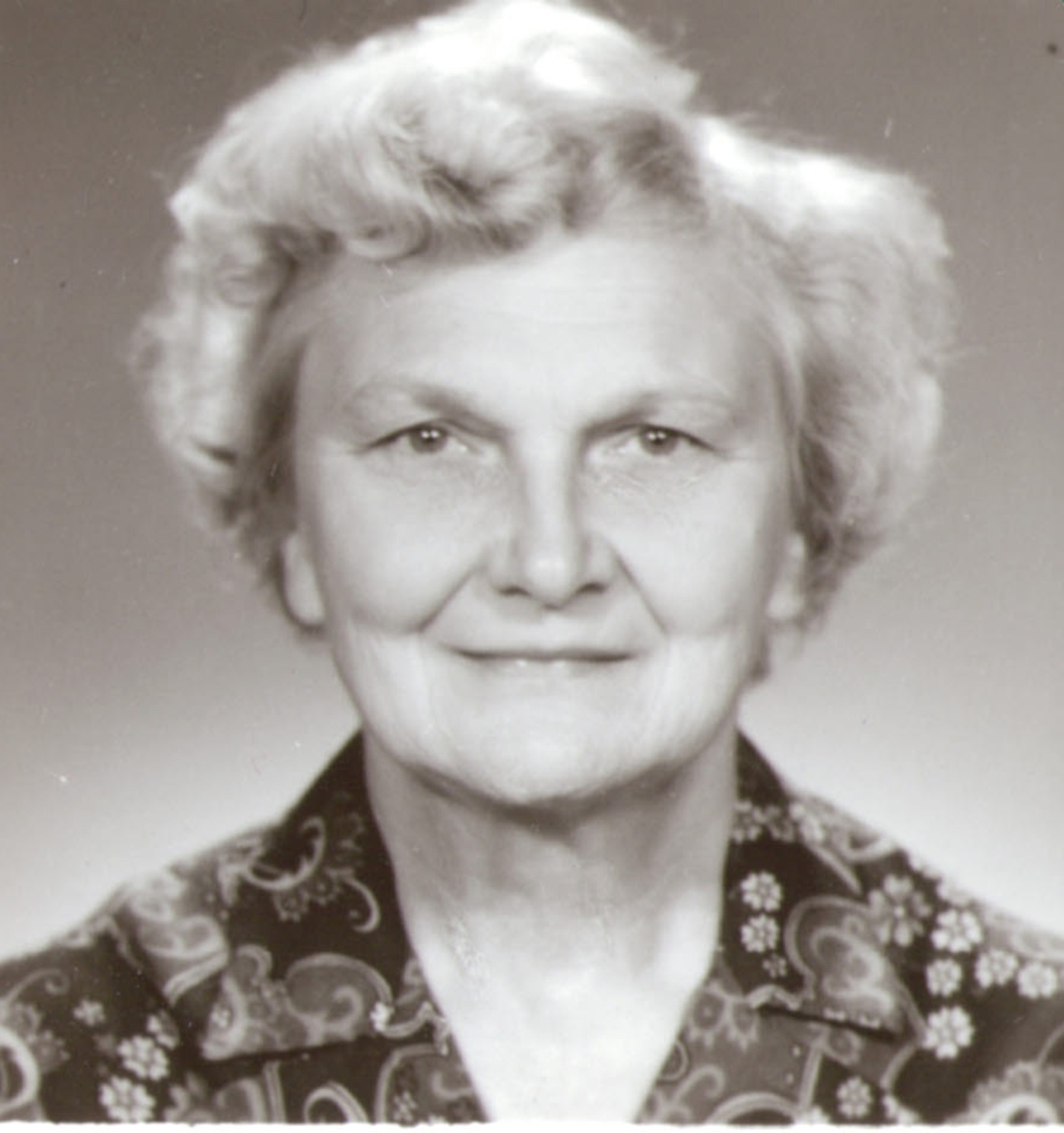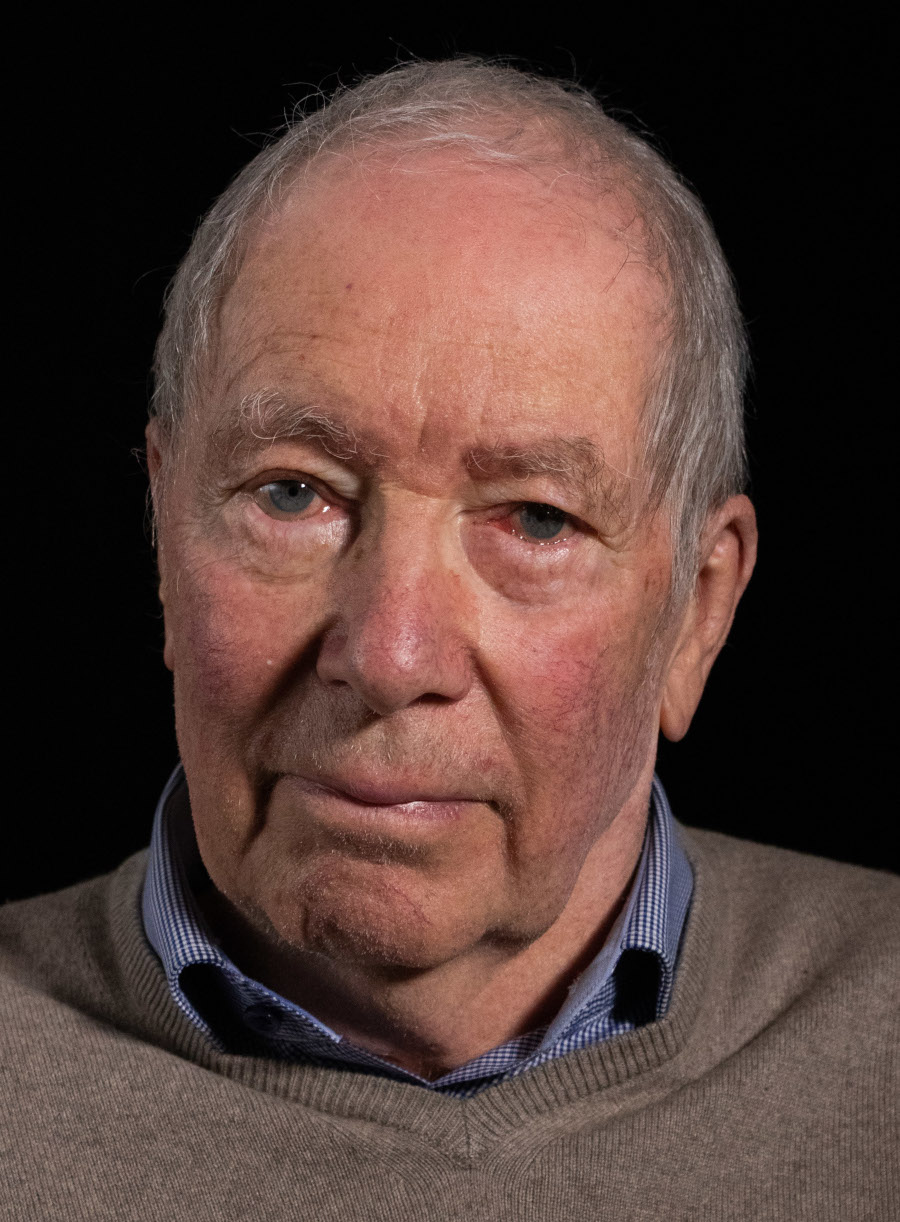Brigádní generál Miroslav Štandera byl český stíhací pilot, který z Československa uprchl po německé okupaci v roce 1939. Bojově létal v rámci francouzského letectva i britského Královského letectva. Z Československa znovu uprchl v roce 1949 po pronásledování „západních“ válečných letců komunistickou vládou.
Brigádní generál Miroslav Štandera se narodil v Praze 5.října 1918. V roce 1936 byl přijat na vojenské letecké učiliště a následně vstoupil do československého letectva. V roce 1938 byl před záborem Sudet mobilizován, k boji však nedošlo.
Po demobilizaci Československé armády a pozdějším zřízení Protektorátu Čechy a Morava v březnu 1939 uprchl přes hranice do Polska. Spolu s dalšími vojáky se přes Baltské moře dostal do Francie. Vstoupil do francouzské Cizinecké legie a na německo-francouzské bojiště byl odvelen v květnu 1940. Při svém čtvrtém letu byl nedaleko Troyes sestřelen. Záhy opustil nemocnici, utekl do přístavu Narbonne a podařilo se mu dostat na loď do Liverpoolu. Po příjezdu do Anglie sloužil u 312. československé stíhací perutě Královského letectva (RAF) až do roku 1943, kdy byl přeložen k 68. noční stíhací peruti RAF. 6. června 1944 se účastnil invaze v Normandii.
Po válce se Štandera vrátil do Československa a sloužil převážně v Plzni. Jako „západní“ válečný letec byl však záhy z armády propuštěn. V roce 1949 se dozvěděl o svém hrozícím zatčení a opět uprchl do Anglie, kde znovu vstoupil do RAF.
Po pádu železné opony se Štandera v roce 1994 natrvalo vrátil do Plzně. Zemřel 19. února 2014 ve věku 95 let. Je nositelem mnoha řádů a vyznamenání včetně Řádu za zásluhy a Řádu Tomáše Garrigua Masaryka.








